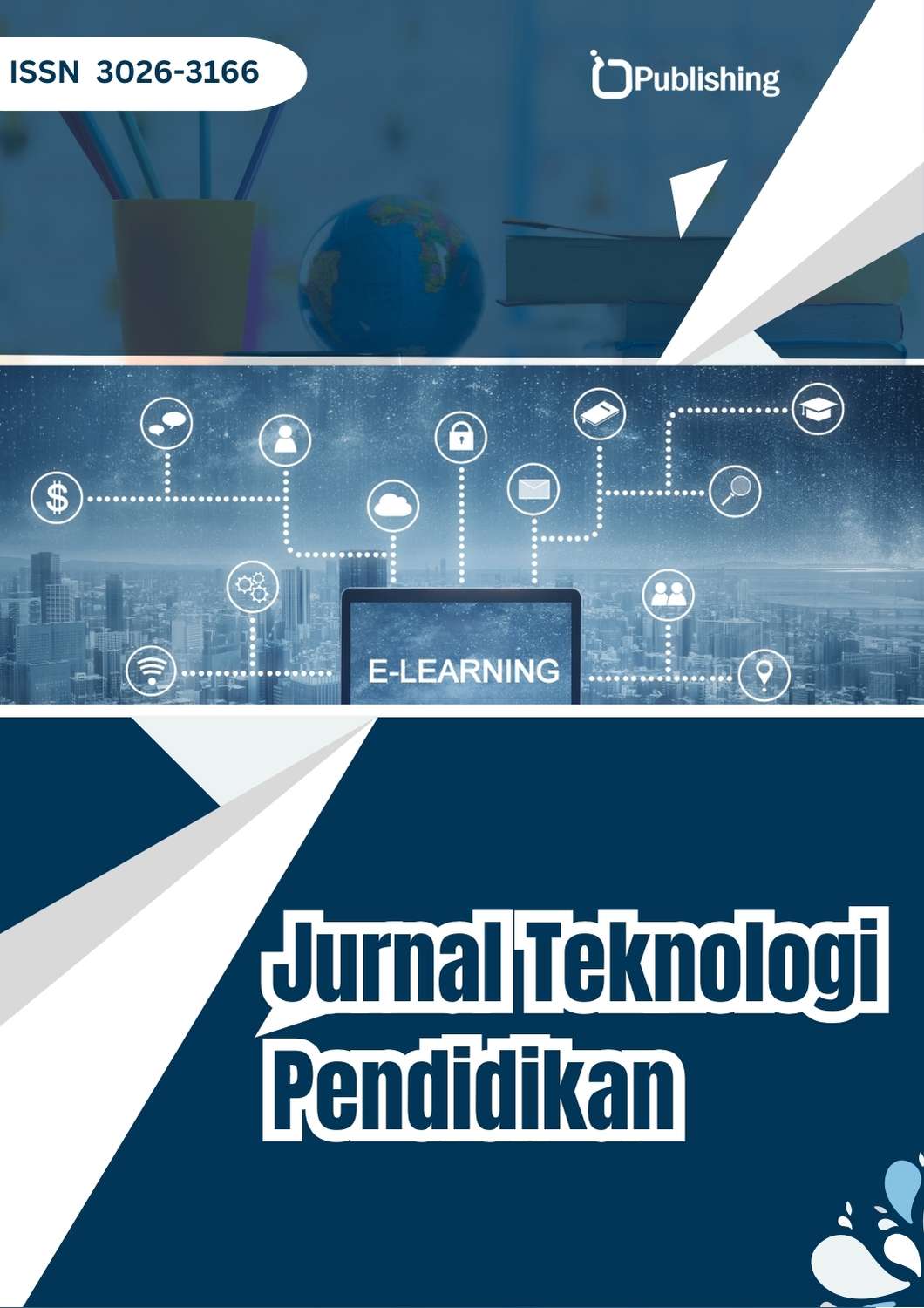Comparative Analysis On The Evolution Of Legendary and Historical Heroes In Western and Eastern Literature
DOI:
https://doi.org/10.47134/jtp.v2i2.1370Keywords:
Heroes, Western Literature, Eastern Literature, Mythology, Historical Figures, Cultural AnalysisAbstract
This article explores the evolution of legendary and historical heroes in Western and Eastern literature, analyzing their characteristics, cultural significance, and transformations across time. Heroes, whether mythical or historical, reflect societal values, struggles, and aspirations. While Western heroes often embody individualism, self-sacrifice, and triumph over adversity, Eastern heroes tend to emphasize collective responsibility, honor, and spiritual growth. By comparing iconic figures such as King Arthur and Hercules from Western traditions with Eastern counterparts Maanguberdi and Timur, this study highlights similarities and divergences in their representation, evolution, and cultural impact.
References
Bang, P. F., & Kolodziejczyk, D. (Eds.). (2012). Universal empire: a comparative approach to imperial culture and representation in Eurasian history. Cambridge University Press. DOI: https://doi.org/10.1017/CBO9781139136952
Brewer, E. (1993). TH White's The once and future king (Vol. 30). Boydell & Brewer Ltd.
Campbell, J. (2008). The hero with a thousand faces. New World Library.
Ferdowsi, A. (2006). Shahnameh: The Persian book of kings. Penguin.
Janeira, A. M. (2016). Japanese and Western literature: A comparative study. Tuttle Publishing.
Isayeva, P. THE MOTIF OF JOURNEY TO THE UNDERWORLD IN NIZAMI GANJAVI’S ISKANDAR-NAMA. NIZAMI GANJAVI ALMANAC, 80.
Lovins, M. (2014). The one: A comparison of the solitary hero in Eastern and Western narrative traditions. Arkansas State University.
Malory, T. (1998). Le Morte Darthur: The Winchester Manuscript. OUP Oxford.
Patil, S. (1976). Myth and reality of Ramayana and Mahabharata. Social Scientist, 68-72. DOI: https://doi.org/10.2307/3516381
Seferbekov, R.I. (2024). DOMOVOY IN THE MYTHOLOGICAL BELIEFS OF DAGESTANI RUSSIANS. History, Archeology and Ethnography of the Caucasus, 20(4), 934-947, ISSN 2618-6772, https://doi.org/10.32653/CH204934-947
Anuncibay, M. de la Fuente (2024). Classical myth, Gnosticism and early Christianity. The Reception of a Mythic Theme as a Modern Myth. European Public and Social Innovation Review, 9, ISSN 2529-9824, https://doi.org/10.31637/epsir-2024-606 DOI: https://doi.org/10.31637/epsir-2024-606
Hassan, Z.D. Mohammed (2024). The Evolution of Female Characters From Antiquity to Modernity: An Examination of Marinna Carr's and Carol Lashof's Adaptations of Classical Mythology. Journal of Language Teaching and Research, 15(2), 374-382, ISSN 1798-4769, https://doi.org/10.17507/jltr.1502.06 DOI: https://doi.org/10.17507/jltr.1502.06
Zilberman, D.B. (2023). Culture-historical reconstruction and mythology in the anthropology of Paul Radin. David B. Zilberman: Selected Essays, 95-112, https://doi.org/10.1007/978-3-031-38909-2_6 DOI: https://doi.org/10.1007/978-3-031-38909-2_6
Sreelakshmi, A.N. (2022). Revisiting Myth in the Sphere of Gendered Objectification: An Analysis of the Poem “Helen of Troy does Countertop Dancing” by Margaret Atwood. Comparative Literature: East and West, 6(2), 236-249, ISSN 2572-3618, https://doi.org/10.1080/25723618.2022.2158559 DOI: https://doi.org/10.1080/25723618.2022.2158559
Gogiashvili, E.A. (2021). The horse image in Georgian fairytales and epic narratives in context of comparative mythology. Eposovedenie, 21(1), 105-113, ISSN 2782-4861, https://doi.org/10.25587/x3217-7539-4755-q DOI: https://doi.org/10.25587/x3217-7539-4755-q
Saikovska, O.Y. (2021). Fundamentals of National Identity in Bulgarian and Rusinian Literature (Based on the Works by Hristo Botev and Alexander Dukhnovych). Rusin, 66, 67-85, ISSN 1857-2685, https://doi.org/10.17223/18572685/66/5 DOI: https://doi.org/10.17223/18572685/66/5
Takazov, F.M. (2020). Archetype of Uruzmag image in the Narts epic of Ossetians. Eposovedenie, 17(1), 50-60, ISSN 2782-4861, https://doi.org/10.25587/SVFU.2020.17.58365 DOI: https://doi.org/10.25587/SVFU.2020.17.58365
Eyong, J.E. (2017). Indigenous African Leadership: Key differences from Anglo-centric thinking and writings. Leadership, 13(2), 133-153, ISSN 1742-7150, https://doi.org/10.1177/1742715016663050 DOI: https://doi.org/10.1177/1742715016663050
Kavun, L.I. (2022). The Code of Memory in Modern Ukrainian Novels. Studia Slavica Academiae Scientiarum Hungaricae, 66(1), 67-79, ISSN 0039-3363, https://doi.org/10.1556/060.2021.00007 DOI: https://doi.org/10.1556/060.2021.00007
Hang, N.T.T. (2022). Discourse of Minority Communities: Comparing Archetypal Heroes in Nguyễn Huy Thiệp’s “The Tiger’s Heart” (1971) and John Steinbeck’s The Pearl (1947). Suvannabhumi: Multidisciplinary Journal of Southeast Asian Studies, 14(1), 53-70, ISSN 2092-738X, https://doi.org/10.22801/svn.2022.14.1.53
Gevel, O.E. (2021). The goldfinch at eastern europe's crossroads: Russian subtexts of donna tartt's novel. Imagologiya i Komparativistika(15), 264-279, ISSN 2409-9554, https://doi.org/10.17223/24099554/15/16 DOI: https://doi.org/10.17223/24099554/15/16
Simyan, T. (2019). Musical and carnival space of old Tiflis (by the example of Vano Khojabekyan, Vagharshak Elibekyan, Agasi Aivazyan). Praxema, 2019(2), 63-80, ISSN 2312-7899, https://doi.org/10.23951/2312-7899-2019-2-63-80 DOI: https://doi.org/10.23951/2312-7899-2019-2-63-80
Nguyen, H.H. (2018). Accord and connections in the L'ombre douce and Sous le ciel qui brûle. PORTAL: Journal of Multidisciplinary International Studies, 15(1), 83-86, ISSN 1449-2490, https://doi.org/10.5130/portal.v15i1-2.5727 DOI: https://doi.org/10.5130/portal.v15i1-2.5727
Venetis, E. (2017). THE PERSIAN ALEXANDER: The First Complete English Translation of the Iskandarnãma. The Persian Alexander: The First Complete English Translation of the Iskandarnãma, 1-382 DOI: https://doi.org/10.5040/9781350989085
Downloads
Published
How to Cite
Issue
Section
License
Copyright (c) 2024 Umida Nasrullayeva

This work is licensed under a Creative Commons Attribution 4.0 International License.










